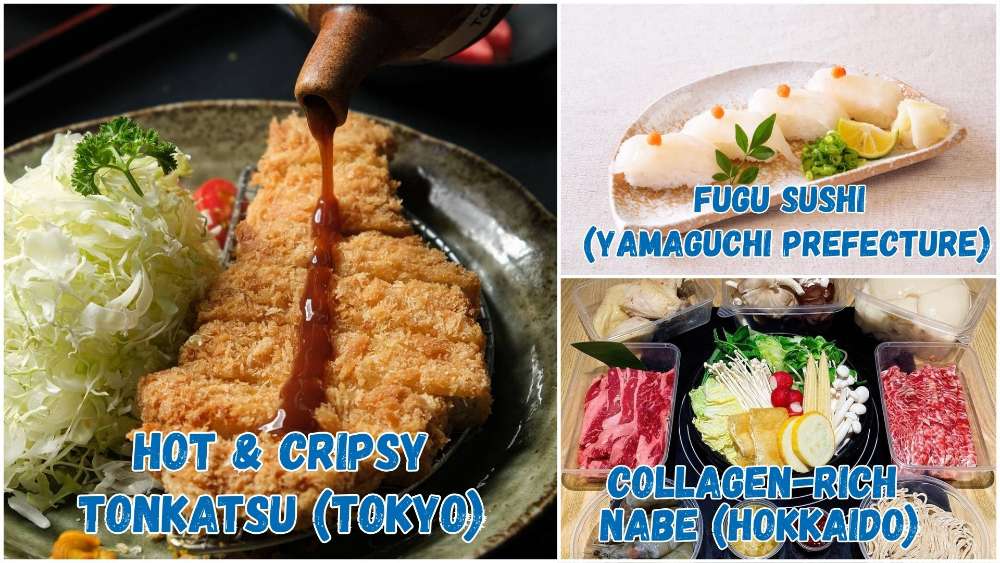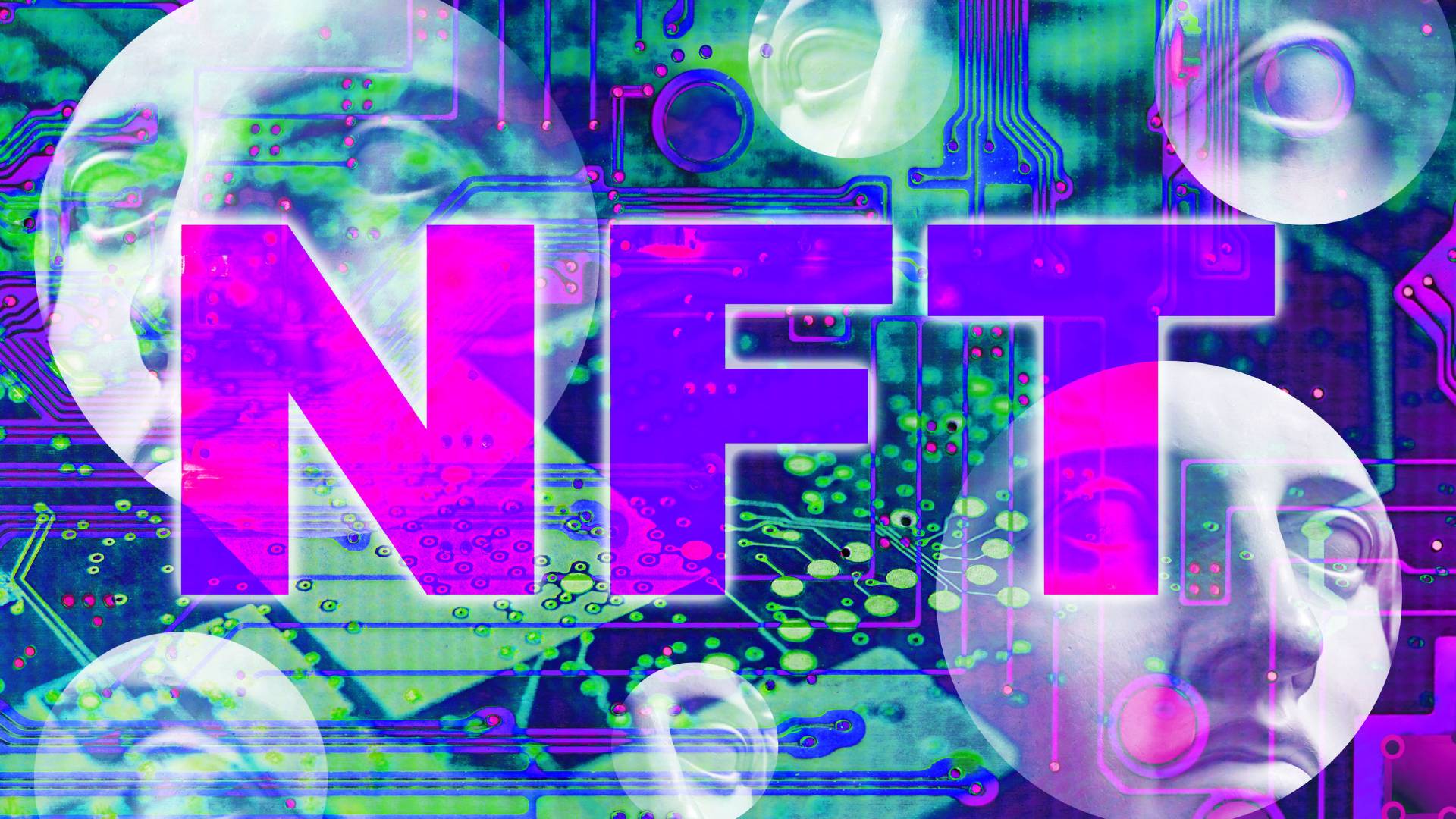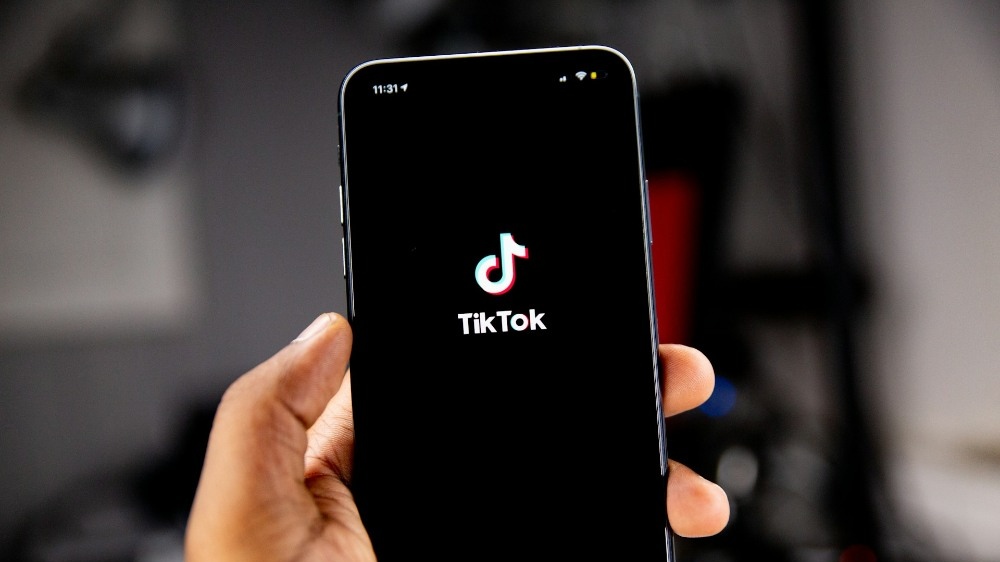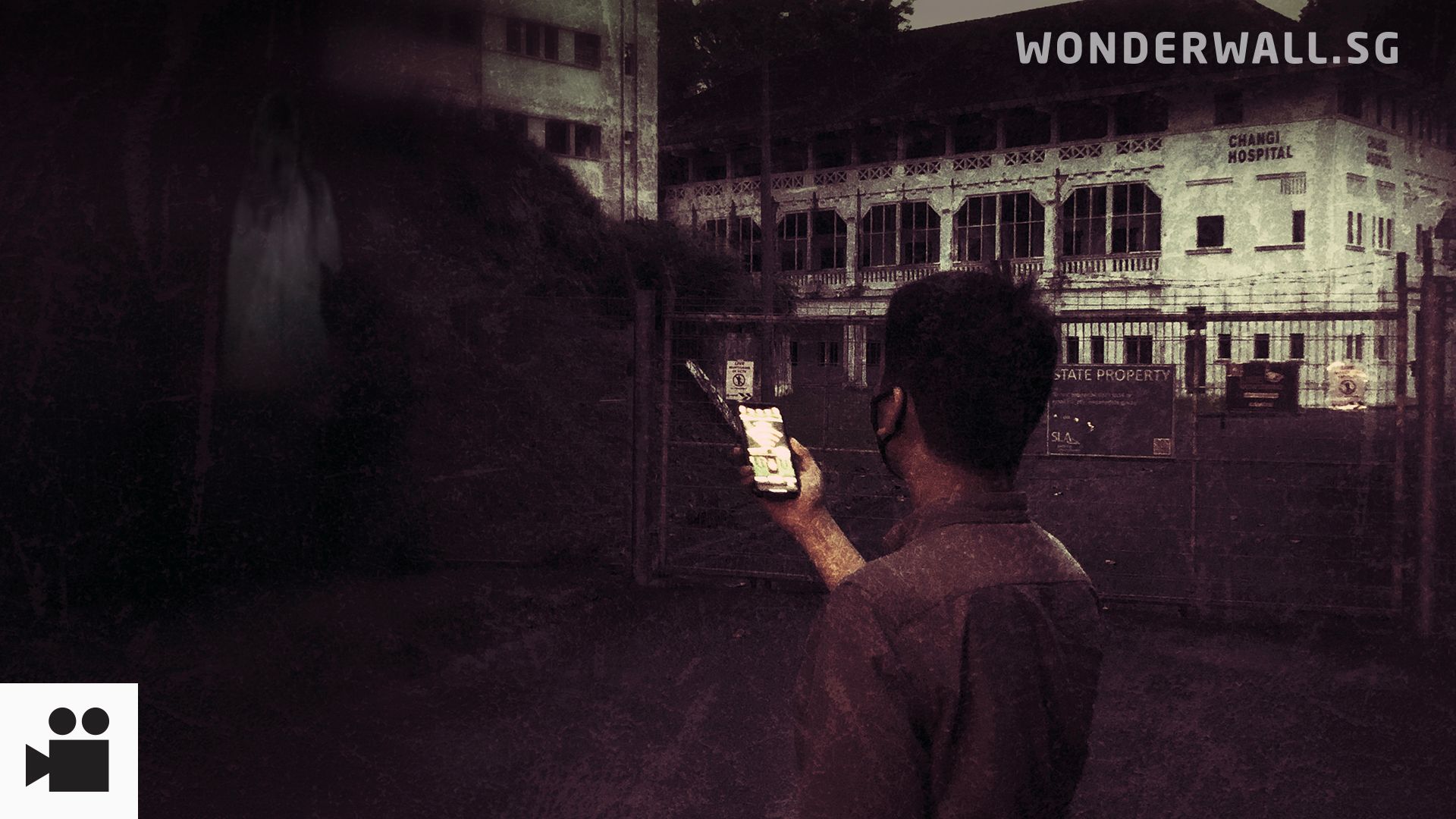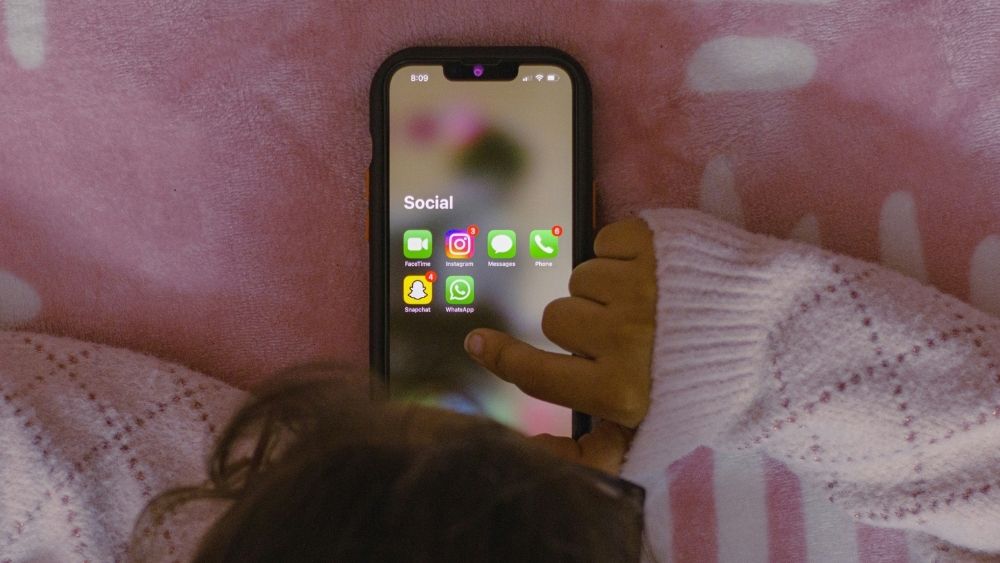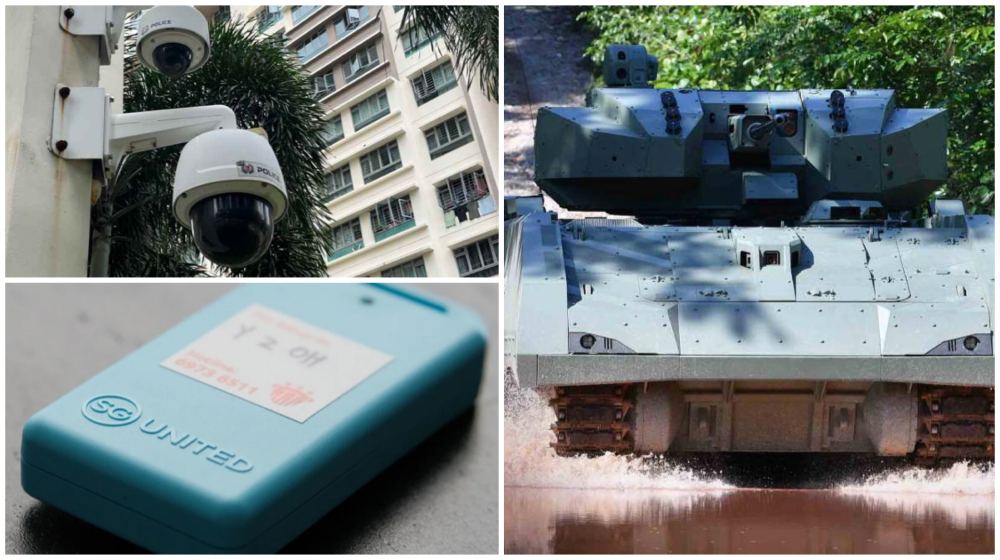Let's Talk About NFTs And The Singapore Artist
In “The Falcon and the Winter Soldier”, Sharon Carter shows the duo her art gallery. Now, storing those paintings, let alone selling them, involves a lot of logistics and expenses. That wouldn’t be the case if she were selling digital paintings via non-fungible tokens or NFTs. And she could still rake in millions.
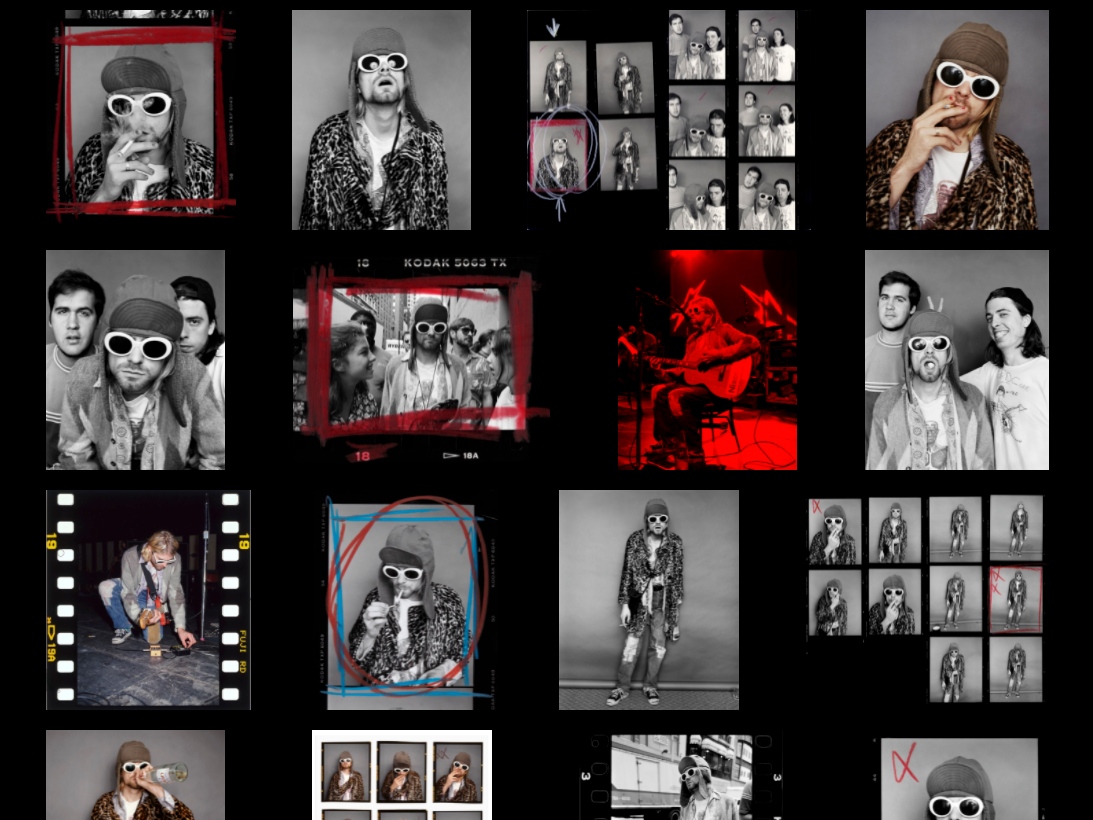
Sounds crazy? Not really.
A couple of months ago, auction house Christie’s sold a digital-only artwork for US$69 million (S$91.5 million) as an NFT. On May 3, photographer Jesse Frohman auctioned off an NFT with more than 100 icon pictures of Nirvana, which he calls “The Last Session”, several of which have never been seen before.
Just to be clear: the winning bidders did not receive the physical painting or photos, or even a reproduction print – they got an NFT.
This seems like good news for Singapore artists or creatives who are seeking another revenue stream through a global. Anyone, even you, could sell your digital images for cash.
“This could help in licensing and copyrights. Photos are poorly controlled ever since the rise of digital photography,” said photographer Razin of MacPherson Studio (macphersonstudio.com). “The Singapore business community does not practice royalties in usage, so if NFTs can be a digital signature, that could help the creatives.”
Hang on, what is an NFT?
In a nutshell, a fungible asset is something with units that can be interchanged – like money. You can exchange a $10 note for five $2 notes – both still have the same value. You can exchange US$10 for S$13.30 – it’s still the same value.
An NFT can’t be exchanged like that. It contains unique properties that make it one-of-a-kind. It’s like a certificate of ownership made to you alone – but in digital form – that you can then buy or sell.
Like cryptocurrencies, a record of who buys what is stored on a shared electronic ledger called a blockchain, and safeguards are put in place to make sure they can’t be forged.
Who’s selling what using NFTs?
Right now, it’s anything digitally unique, like art or photos. In February 2021, an animated gif of Nyan Cat sold for more than US$500,000. Pop singer Grimes sold her digital art for more than US$6 million. Twitter CEO Jack Dorsey sold the very first tweet (“just setting up my twttr”, first posted on March 21, 2006) for US$2.9 million, with proceeds going to charity.
Should local artists use NFTs?
Freelance artist Elvin Ching – who has a new graphic novel The Woodsman coming out soon – thinks the idea is appealing because so much of “final artwork” is digital these days and it seems counterproductive “to put so much work into minimal fee print pieces”.
“It would absolutely help artists and illustrators with income if it works and garners enough of an audience,” he said, although he added that he would adopt a wait-and-see attitude.
“To be honest, at this point I don't know what to think of NFTs,” said Elvin. “I can’t quite yet see the appeal of owning non-physical digital art. But at the same time, I'm open to a change in perspective that may help invigorate what art is and would definitely benefit my profession. People have owned weirder stuff!”
While Eisner award-winning graphic novelist Sonny Liew feels the “forces behind NFTs are problematic” and he did concede that “it allows digital art to have some sort of ‘original art’ value – a gap that does exist between analogue and digital art”.
Although he added that this hurdle could be overcome with certificates of authenticity, “the non-fungible aspect seems to be the selling point compared with possible COA forgeries”.
Nevertheless, he said, wasn’t going to jump on the NFT bandwagon any time soon. “My sense is the difference is exaggerated, and that any kind of authentication requires some sort of institutional guardianship that always has loopholes to that can be exploited.”
NFT = Not Fully Thought-out?
But experts have already raised concerns. You know that US$69 million artwork that you bought from Christie’s? Well, what’s to stop somebody copying that artwork? Apparently, nothing at all. It has been copied and shared many times over already.
And there’s the environmental impact of maintaining an NFT blockchain. The technology requires vast computing power, which equals massive energy consumption for what some observers say doesn’t serve any purpose.
According to the Cambridge Bitcoin Electricity Consumption Index by researchers at Cambridge University Bitcoin (which also uses blockchains) consumed a “similar amount of power to the Netherlands” annually.
Also, there is a high chance the energy used doesn’t come from clean energy sources, with about two-thirds coming from fossil fuels, the reports say.
Furthermore, the value of your art is dependent on other people determining how valuable they think it is. You may not be an overnight millionaire yet.
“Right now, much of the NFTs’ value seems to come from hype,” said Sonny. “It will make a few early adopters very well-off and who knows, if they can sell the idea to enough people maybe it will become something of value in the long run.
“But it's something I'm okay to forgo myself. It might be a narrative that wins out anyway, but it’s not one that I want to contribute to.”
Read more about NFTs in these two pieces on Wonderwall.sg:
- Tech Talk: Of NFTs, Digital Dollars And Trading Cards
- World Art Day: 8 Singapore Artists You Should Check Out
For the latest updates on Wonderwall.sg, be sure to follow us on TikTok, Telegram, Instagram, and Facebook. If you have a story idea for us, email us at [email protected].





